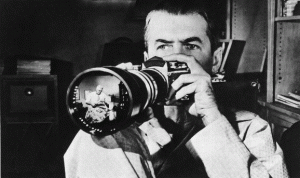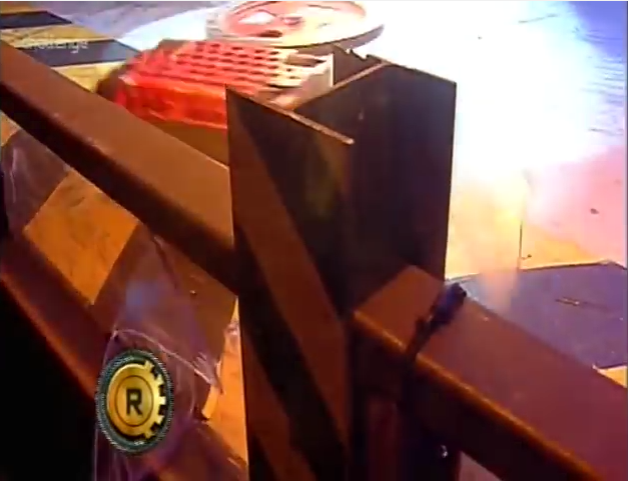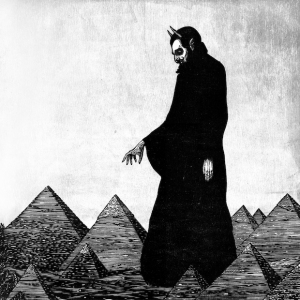Director: Alfred Hitchcock
1954
“A fascinating study of obsession and voyeurism – Rear Window combines a perfect cast, a perfect screenplay, and particularly a perfect set for a movie – that’s even better than the sum of its parts.” (288-289, Joshua Klein, 1001 Movies You Must See Before You Die) James Stewart and Grace Kelly are stunning in this film as the wheelchair bound L.B. “Jeff” Jefferies and his long-suffering and under appreciated girlfriend, Lisa. And it was so important that the cast be brilliant in order to carry the film and hold the attention of the viewers given that the entire narrative takes place within a very narrow landscape. Likewise Thelma Ritter’s put-upon housekeeper, Stella, is the perfect foil to Stewart’s obsessive photographer.

“Rear Window, the film, is constructed every bit as thoroughly as its elaborate set. Watching it is like watching a living, breathing ecosystem with the added thrill of a murder mystery thrown in for good measure.” (288-289) The set for Rear Window is definitely ambitious but makes perfect sense for practical reasons. By building an entire block Hitchcock ensured that he had complete control over every aspect of the action taking place. However, as brilliant as the set is, it does feel like it is completely enclosed within the four walls of a sound stage which creates a sense of claustrophobia. Then again, knowing Hitchcock this was probably by design and added to Jeff’s feeling of being trapped and ultimately helpless. I can’t imagine what it’s like to be stuck in the same room for weeks on end – I go a little bit mad over the holiday period when I’m not needed at work and have to escape my house on a regular basis – but watching Jeff become more and more fixated on the exploits of those around him gives a tiny bit of insight.
“Hitchcock relishes the film’s particularly postmodern scenario: we, the viewers, are entranced by the actions of these characters, who are in turn entranced by the actions of still other characters. It’s a vicious circle of obsession laced with black humor and a dash of sexiness.” (288-289) While eventually the murder mystery, admittedly the main drive of the narrative, is solved there are so many other mini stories that take place alongside the big event … and although we, as viewers, get invested in these as well there isn’t the same sense of resolution to them. As usual with a Hitchcock movie you are left with an ever so slight feeling of dissatisfaction. There’s always that question of “what happened to …” in the back of your mind.
It seems to be a bit of a theme with me today that the films I am posting about have been remade at a later date – or rather reimagined and modernised and Rear Window is no exception. In 2007 it became the basis for the Shia LaBeouf movie Disturbia (D.J. Caruso) – brought up to date and with a younger cast.  Again though there is that sense of claustrophobia due to having an extremely limited landscape (this time a house and his neighbours) and the increasing obsession with the actions of those around him. Rear Window is much more of a slower burn and much more psychological which you would expect from a director like Hitchcock whereas Disturbia has considerably more action in it (partly due to the decision to have Shia’s character hindered by an ankle monitor rather than an injury) but both have their selling points.
Again though there is that sense of claustrophobia due to having an extremely limited landscape (this time a house and his neighbours) and the increasing obsession with the actions of those around him. Rear Window is much more of a slower burn and much more psychological which you would expect from a director like Hitchcock whereas Disturbia has considerably more action in it (partly due to the decision to have Shia’s character hindered by an ankle monitor rather than an injury) but both have their selling points.
I think I actually prefer Rear Window to Psycho – there is less of a macabre feeling to it which makes for easier viewing for me. Plus Jimmy Stewart really is a magnetic actor to watch.
Advertisements Share this:





